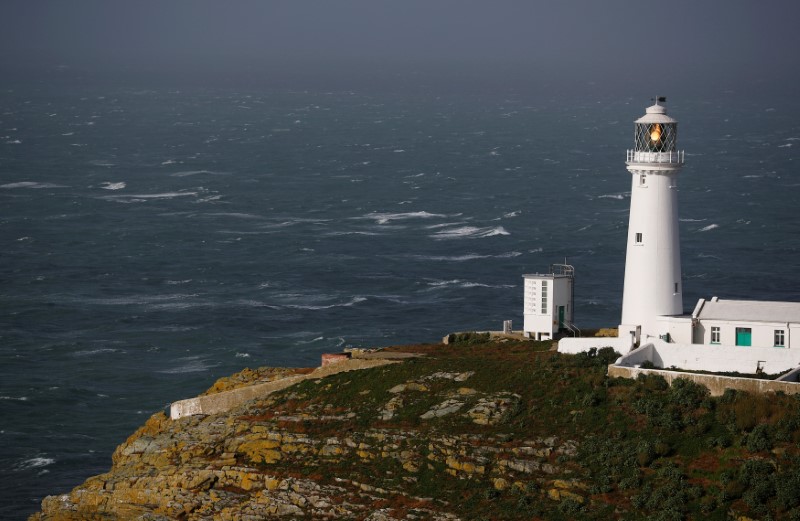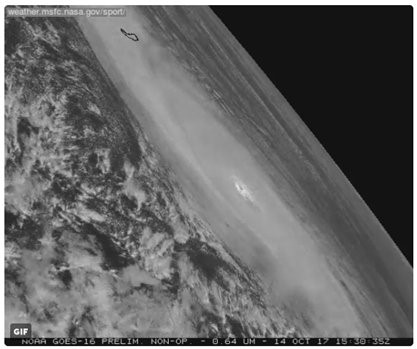
By Ernest Scheyder
WILMINGTON, N.C. (Reuters) – Hurricane Florence crashed into the Carolinas on Friday, knocking down trees, swamping streets and causing four deaths before slowing to a pace that will lead to a days-long deluge for the region.
The storm’s first casualties, which included a mother and her baby killed when a tree fell on their brick house in Wilmington, North Carolina, were announced about eight hours after Florence came ashore. The child’s father was taken to a hospital.
In Pender County, North Carolina, a woman suffered a heart attack and died because hurricane debris blocking roads prevented paramedics from reaching her. A fourth person was killed in Lenoir County while plugging in a generator, the governor’s office said.
After landfall, Florence slowed to a pace that meant it would plague the area with days of flooding. The hurricane’s storm surge – the wall of water it pushed in from the Atlantic – “overwhelmed” the town of New Bern at the confluence of the Neuse and Trent rivers, North Carolina Governor Roy Cooper said.
“To those in the storm’s path, if you can hear me, please stay sheltered in place,” he said at a news conference in Raleigh, adding that Florence would “continue its violent grind across the state for days.”
Authorities said more than 60 people, including many children and pets, had to be evacuated from a hotel in Jacksonville, North Carolina, after strong winds caused parts of the roof to collapse.
The center of the hurricane’s eye came ashore at about 7:15 a.m. EDT (1115 GMT) near Wrightsville Beach close to Wilmington, North Carolina, with sustained winds of 90 miles per hour (150 kph), the National Hurricane Center (NHC) said.
By mid-afternoon the winds had dropped to 75 mph (120 kph) and the center was moving west at 6 mph (10 kph), the NHC said, and parts of North and South Carolina would get as much as 40 inches of rain (1 meter).
Cooper said Florence was set to cover almost all of North Carolina in several feet of water. As of Friday morning, Atlantic Beach, a town on the state’s Outer Banks barrier islands, already had received 30 inches (76 cm) of rain, the U.S. Geological Service said. Twenty inches (50 cm) were reported by early Friday afternoon in the town of Oriental.
Authorities in New Bern, a town of about 30,000 people that dates to the early 18th century, said more than 100 people had to be saved from floods and that the downtown area was underwater. Calls for help kept coming in as the wind picked up and the tide arrived, said city public information officer Colleen Roberts.
“These are folks who decided to stay and ride out the storm for whatever reason, despite having a mandatory evacuation,” she said. “These are folks who are maybe in one-story buildings and they’re seeing the floodwaters rise.”
Video reports from several towns in the Carolinas showed emergency personnel wading through rippling thigh-high floodwaters in residential neighborhoods.
President Donald Trump is expected to travel to areas hit by Florence next week, once it is determined his travel will not disrupt any rescue or recovery efforts, the White House said on Friday.
‘IT’S INSANE’
Florence also blew down trees, including one that went through the roof of Kevin DiLoreto’s home in Wilmington. He said all roads leading to his neighborhood were blocked by fallen trees.
“It’s insane,” he said in a phone interview. “Everybody laughs at the fact that this storm got downgraded … but I’ve never seen tree devastation this bad.
“Afterwards, I’m going to drink a bottle of whiskey and take a two-day nap, but right now I’m walking the neighborhood and making sure my neighbors are fine, because nobody can get in here.”
More than 722,000 homes and businesses were without power in North and South Carolina early on Friday, utility officials said. Utility companies said millions were expected to lose power and restoration could take weeks.
Florence had been a Category 3 hurricane with 120 mph winds on Thursday but dropped to Category 1 before coming ashore. It is expected to move across parts of southeastern North Carolina and eastern South Carolina on Friday and Saturday, then head north over the western Carolinas and central Appalachian Mountains early next week, the NHC said. Significant weakening is expected over the weekend.
About 10 million people could be affected by the storm and more than 1 million were ordered to evacuate the coasts of the Carolinas and Virginia. Some of those who stayed went to shelters while others stuck it out in their homes.
Maysie Baumgardner, 7, and her family sheltered at the Hotel Ballast in downtown Wilmington as Florence filled the streets with floodwaters.
“It looks heavy outside,” she said. “I’m a little bit scared right now, but I have my iPad and I’m watching Netflix.”
Florence was one of two major storms on Friday. In the Philippines, evacuations were under way with Super Typhoon Mangkhut expected to hit on Saturday in an area impacting an estimated 5.2 million people.
(Additional reporting by Gene Cherry in Raleigh; Scott DiSavino and Gina Cherelus in New York; Makini Brice in Washington; Andy Sullivan in Columbia, South Carolina; and Brendan O’Brien in Milwaukee; Writing by Bill Trott; Editing by Bernadette Baum and Nick Zieminski)













